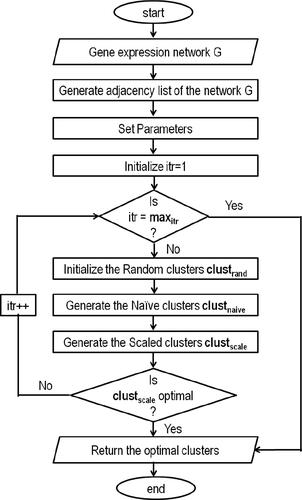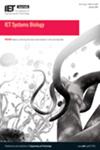TriRNSC: triclustering of gene expression microarray data using restricted neighbourhood search
Abstract
Computational analysis of microarray data is crucial for understanding the gene behaviours and deriving meaningful results. Clustering and biclustering of gene expression microarray data in the unsupervised domain are extremely important as their outcomes directly dominate healthcare research in many aspects. However, these approaches fail when the time factor is added as the third dimension to the microarray datasets. This three-dimensional data set can be analysed using triclustering that discovers similar gene sets that pursue identical behaviour under a subset of conditions at a specific time point. A novel triclustering algorithm (TriRNSC) is proposed in this manuscript to discover meaningful triclusters in gene expression profiles. TriRNSC is based on restricted neighbourhood search clustering (RNSC), a popular graph-based clustering approach considering the genes, the experimental conditions and the time points at an instance. The performance of the proposed algorithm is evaluated in terms of volume and some performance measures. Gene Ontology and KEGG pathway analysis are used to validate the TriRNSC results biologically. The efficiency of TriRNSC indicates its capability and reliability and also demonstrates its usability over other state-of-art schemes. The proposed framework initiates the application of the RNSC algorithm in the triclustering of gene expression profiles.


 求助内容:
求助内容: 应助结果提醒方式:
应助结果提醒方式:


